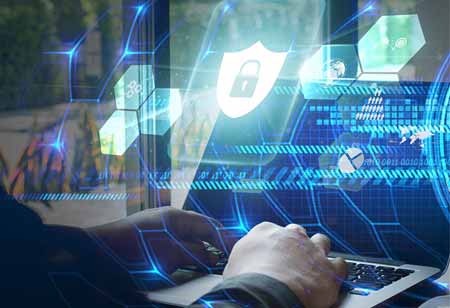Thank you for Subscribing to Energy Business Review Weekly Brief
Meeting The Electricity Demands With Smart Energy Solutiooptimise
The advent of the IoT in the energy sector has resulted in innovative energy solutions.

By
Energy Business Review | Thursday, January 27, 2022
Stay ahead of the industry with exclusive feature stories on the top companies, expert insights and the latest news delivered straight to your inbox. Subscribe today.
As the population increases every year, power generation companies optimise their current methodologies to satisfy the electricity demands of the people.
FREMONT, CA: The advent of the IoT in the energy sector has resulted in innovative energy solutions. These solutions give vast functionalities to the power industry regarding consumption pattern monitoring, operational optimisation, and asset performance management. In addition, if the working methodologies and types of machinery are improved, it will accelerate the overall plant efficiency, which will allow utilities to offer electricity to more people.
Smart Energy Solutions
Smart meters and grids are a few intelligent energy solutions devices used to gather appropriate data. Therefore, an energy provider can make the right decisions to manage power flow by analysing this data effectively.
IoT plays a significant role in maintaining the electricity flow at all three levels, comprising power generation, transmission, and distribution.
Here are some of the advantages IoT offer in all these stages:
A. Power Generation:
The power plants' equipment has to be efficient to reduce the wastage of electricity. Still, power plants go through high levels of inefficiency and unreliability due to several reasons:
• Utilize old and malfunctioning things.
• Inappropriate use of historical data kin to the assets.
The efficiency of equipment and types of machinery are drastically affected by these aspects. In such cases, the Internet of Things provides cost-effective solutions to power generation companies by improving their O&M tasks, thus improving the lives of their assets.
B. Power Transmission:
After a prolonged duration of usage, power transmission systems become dull, and their efficiency drops. Nowadays, IoT-infused smart grids have replaced traditional power grids. These grids offer quick remote control on all electricity transfer factors, including voltage, frequency, ramp rate, etc.
C. Power Distribution:
With the support of smart meters and smart grids, the Internet of things is developing distribution services and customer experiences. For example, one of the Internet of things applications is intelligent meters, and these meters transmit electricity consumption data of a home to the utility provider. Then the customers can access the data through a web application or even from television.






